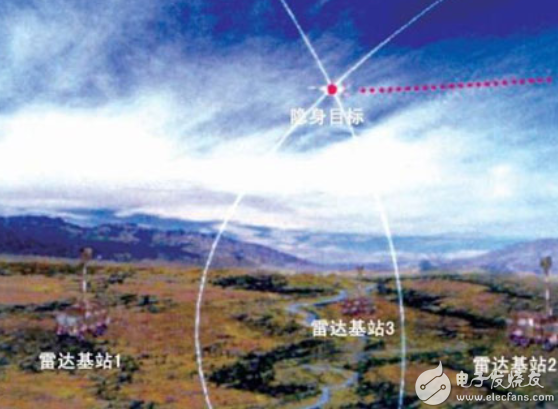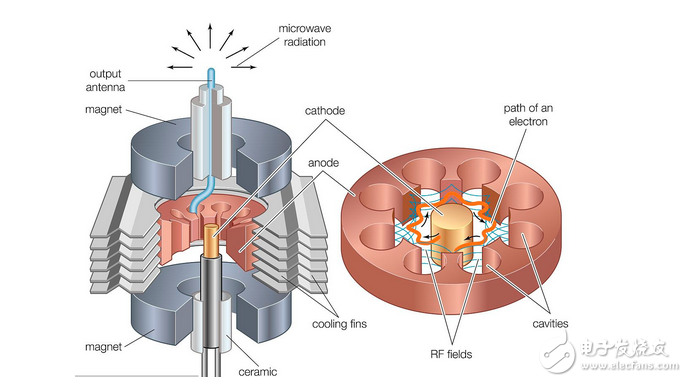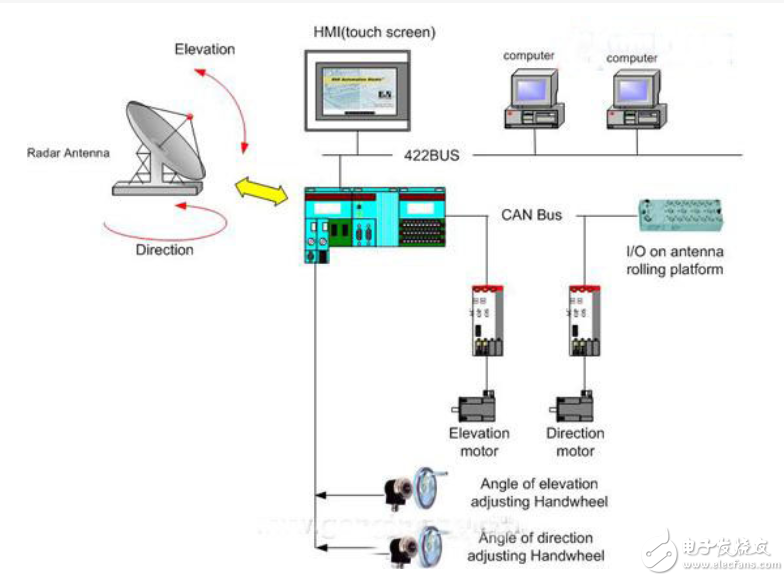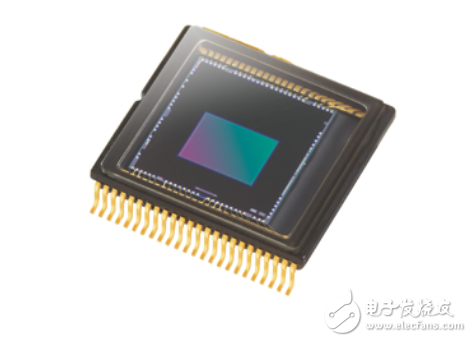With the advancement of weapon testing technology, traditional speed measurement techniques, such as target ring test, sky screen target test and other methods, due to the cumbersome test process and poor precision, can not meet the needs of real-time field test. The millimeter wave speed radar successfully applies the millimeter wave technology to the test of the internal and external ballistic parameters of the artillery or gun. Compared with the existing various speed measuring radars, the millimeter wave speed measuring radar is small in size and light in weight. It is reliable in operation in the test of internal and external ballistics, simple in testing, fast, accurate, and easy to operate. The determination of the initial velocity of the artillery is also It can be used to predict the initial velocity of the artillery, which is of great significance for improving the accuracy of the firing of the artillery.

Most commercial radar systems, especially those in Advanced Driver Assistance Systems (ADAS), are based on silicon germanium (SiGe) technology. Current high-end vehicles have a multi-chip SiGe radar system. Although the 77GHz automotive radar system based on SiGe technology meets the high speed requirements of adaptive cruise control, they are too bulky, too bulky, and take up a lot of board space.

As the number of radar sensors in vehicles continues to rise, there are currently at least 10 radar sensors (front, rear, and corner) in the vehicle. The space constraints require that each sensor must be smaller and consume less power. And cost-effective. Some existing radar systems under development will enable transmitter, receiver, clock and baseband functions to be integrated into a single chip, which will reduce the number of front-end chips from four to one, but this only applies. At the front end of the radar.

By leveraging complementary metal oxide semiconductor (CMOS) technology, embedded microcontrollers (MCUs) and digital signal processing (DSP) and smart radar front ends are integrated. The front-end processing capability will minimize radar system size, power, form factor and cost, further enabling the installation of multiple radar systems in the vehicle. 
Traditional advantages of CMOS technology include higher transistor density and lower power. Digital scaling in CMOS reduces power, reduces size, and improves performance per node. Driven by improvements in digital transistors, CMOS speeds continue to increase and are now sufficient for 79 GHz ADAS applications.
The 79 GHz band provides 4 GHz bandwidth, which is critical for higher resolutions. Future radar systems will also require support for short distances, converting better angular resolution into more antennas within the radar system.
Single chip integration by CMOS
The dynamic range of a radar system depends on the receiver noise floor and the ability to withstand self-interference caused by bumper reflection. And this depends to a large extent on the architecture and system capabilities, which allows a CMOS system with wider intermediate frequency (IF) bandwidth, more channels, and accurate low-noise linear closed-loop FM signal generation – for specific Radar applications have excellent system level performance.

CMOS technology has changed the design of millimeter-wave sensors and embedded higher intelligence and functionality. CMOS technology has been able to offer a portfolio of high performance, low power millimeter wave sensors covering the entire range from high performance radar front ends to single chip radars.
Full Range Woofer,Magnet Woofer,Piezo Car Tweeter,Hi-Fi Dome Tweeter
NINGBO BOILINGSOUND ELECTRONICS CO.,LTD , https://www.tweeterspeaker.com